I recently had the pleasure of attending "Anglo-Indian Flavours – A Colonial Walk Through," a special food festival at the Renaissance Bengaluru Race Course Hotel. Curated by the award-winning author and culinary researcher Chef Bridget White-Kumar, this event was a wonderful journey back in time, celebrating a unique and often forgotten part of India's culinary history.
I was honored to be invited to an exclusive table hosted by General Manager Ms. Sita Lakshmi. It was a true pleasure to catch up with Chef Bridget White-Kumar and Executive Chef Ho Chi Ming. The evening was filled with great company, including Ms. Jackie Pinto, Ms. Smita Agarwal, Ms. Rupa Balakrishna, and Ms. Sushantika, and the atmosphere was buzzing with shared stories and delicious aromas.
Chef Bridget's dedication to preserving Anglo-Indian cuisine is remarkable. She has authored eight cookbooks, two of which have won prestigious Gourmand World Cookbook Awards. Her recipes are a testament to a fascinating period, drawing from Dak Bungalows, Railway Dining Cars, Army Messes, and colonial homes. Each dish felt like a chapter from history, brought to life with her unmatched expertise and personal touch.
The food itself was a revelation. Chef Bridget's recipes strike a perfect balance—they are never overly spicy, yet bursting with flavor. The dishes are a harmonious blend of classic British culinary traditions and the vibrant spices of India, designed for a refined palate.
The Renaissance team did an incredible job bringing this festival to life. The warmth, charm, and hospitality of the staff, combined with the nostalgic theme, created an unforgettable experience. The festival, which ran for three days, featured a different menu each day, ensuring there was always something new to discover.
Here's a glimpse of the delicious menu that showcased the best of Anglo-Indian cuisine:
SOUPS
STARTERS
MAINS
DESSERTS
It was a truly wonderful evening that celebrated a rich culinary heritage. Thank you to the Renaissance Bengaluru Race Course Hotel and Chef Bridget White-Kumar for an incredible and memorable experience.





















Review by Mr Chetan Kamani
Step back in time and savor the rich, nostalgic legacy of Anglo-Indian culinary traditions! “History on a Plate – Timeless Flavours of Colonial Anglo-Indian Cuisine” was a truly unique food festival and pop-up that recently graced Raen – The Chef’s Studio at The Leela Hyderabad. This special event was a culinary journey through the British Raj Era, showcasing heritage dishes with recipes that have stood the test of time and are steeped in history.
The pop-up featured a curated selection of dishes from fascinating origins, including:
This one-of-a-kind culinary experience was conceived and curated by Ms. Bridget White-Kumar, an acclaimed cookbook author, culinary historian, and food consultant. Ms. White-Kumar has dedicated her life to the noble pursuit of reviving and preserving the lost recipes of Colonial Anglo-Indian Cuisine, bringing forgotten dishes back to life—dishes once masterfully prepared by Khansamas (traditional cooks) and chefs during the colonial period.
With eight acclaimed cookbooks to her name, Ms. White-Kumar’s expertise is undeniable. Two of her works have even received awards at the prestigious Gourmand World Cookbook Awards, often considered the culinary world’s equivalent of the Oscars, in both 2012 and 2023.
The pop-up offered a nostalgic culinary journey, featuring the rustic and robust flavors that once graced the tables of British officers across India. Imagine indulging in:
The curated spread included an array of Soups, Starters, Main Courses, Salads, and Desserts, with each dish presenting a “bite of history.” Their names and flavors evoked the charm and elegance of a bygone era, allowing diners to truly taste history.
This pop-up was truly more than just a meal; it was a living archive of Anglo-Indian heritage, presented by one of the most passionate and authentic voices in the field. Ms. Bridget White-Kumar beautifully brings history to the table, with food that tells the story of an era, of innovation, and of cultures interwoven through cuisine.





















On June 17, 2025, I had the privilege of hosting a one-day Anglo-Indian Cuisine Pop-Up at the Marriott Renaissance, Race Course Road, Bangalore. It was a delightful experience to curate a menu that showcased the rich flavors and fascinating history of Anglo-Indian cuisine, a unique blend of Indian and British culinary traditions. The event was not only about food but also about sharing the stories and evolution of this lesser-known cuisine, which I am passionate about preserving.
The menu featured a carefully selected array of dishes, spanning starters, soups, main courses, rice, accompaniments, and desserts. It included both vegetarian and non-vegetarian options, reflecting the diversity of Anglo-Indian home cooking and colonial influences. The guests thoroughly enjoyed and appreciated the flavors, and I was thrilled to see their enthusiasm for this nostalgic culinary journey.
Here’s a glimpse of the menu that brought the essence of Anglo-Indian cuisine to life:
Soup
Starters
Non-Vegetarian:
Vegetarian:
Main Course
Non-Vegetarian:
Vegetarian:
Rice Dish
Accompaniments
Desserts
The event was a celebration of Anglo-Indian heritage, bringing together food lovers to savor dishes that have been passed down through generations. I shared insights into the cuisine’s colonial roots and its evolution in Anglo-Indian homes, highlighting my mission to keep this culinary legacy alive. The warm response from the guests made it a truly memorable day.
If you’re curious about Anglo-Indian cuisine or want to recreate these dishes at home, stay tuned for more recipes and stories from this vibrant culinary tradition!
Thank you, Marriott Renaissance, Bangalore, for hosting this special event!



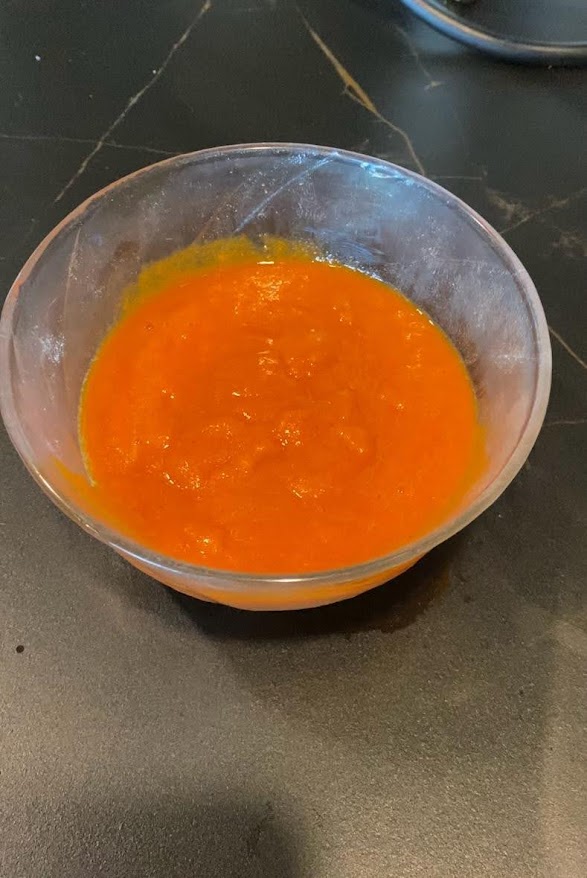




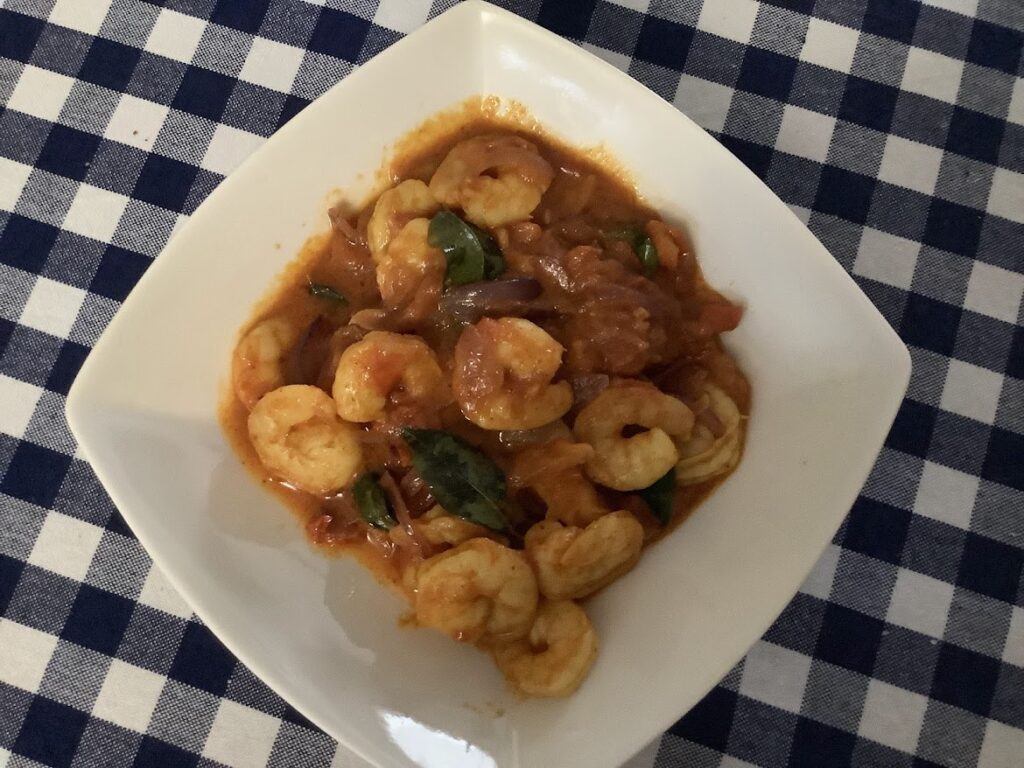
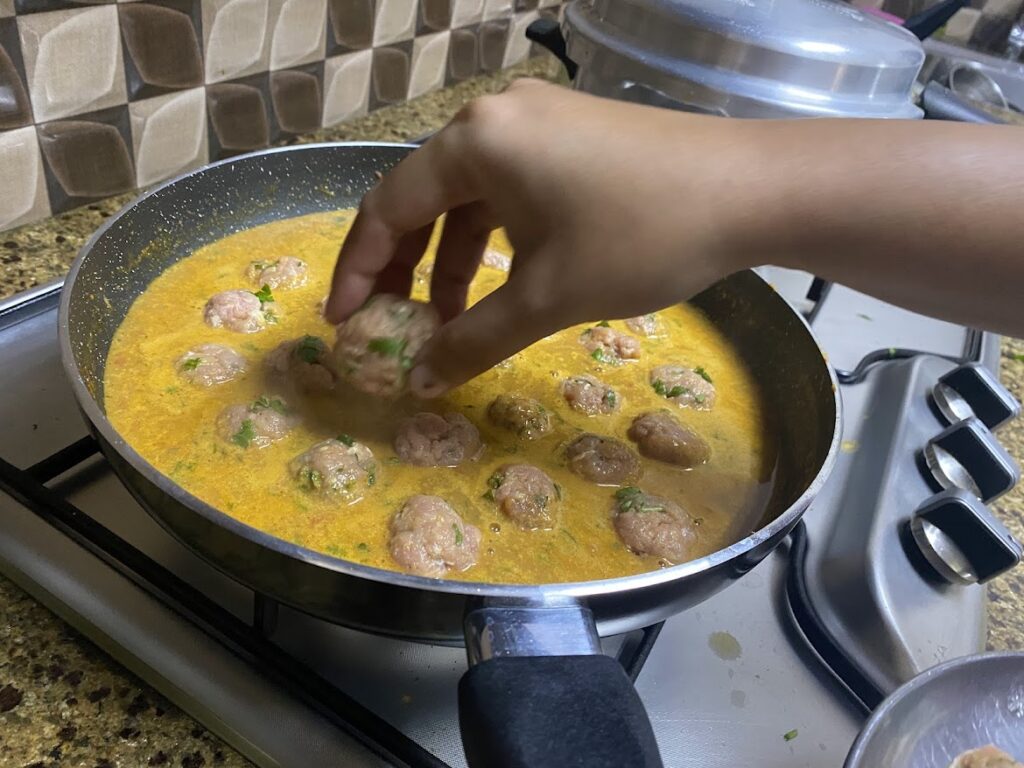

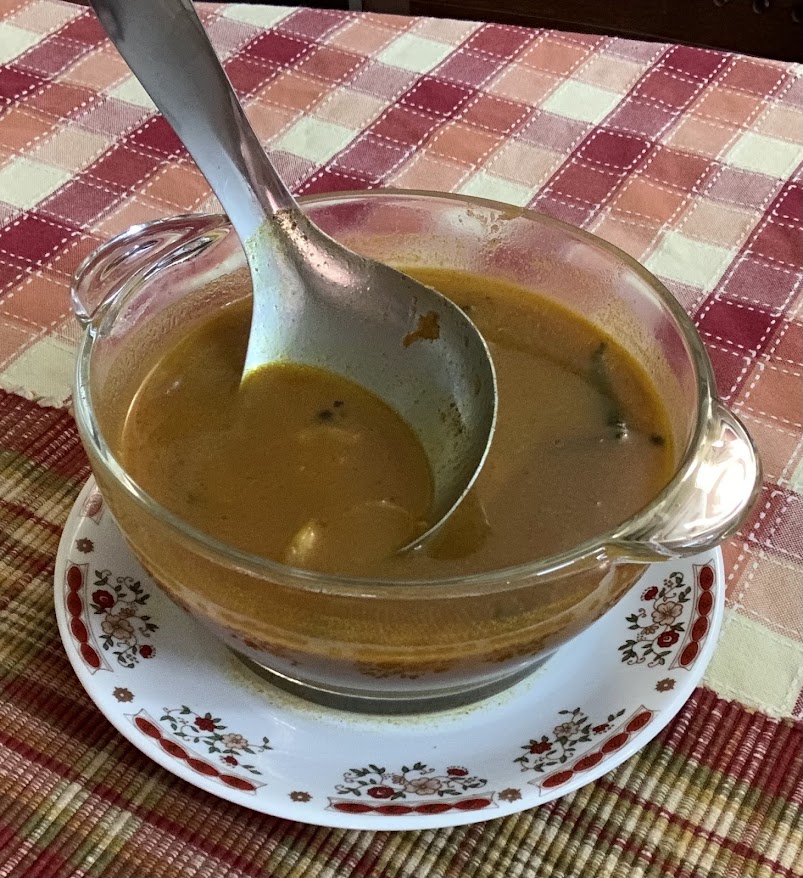
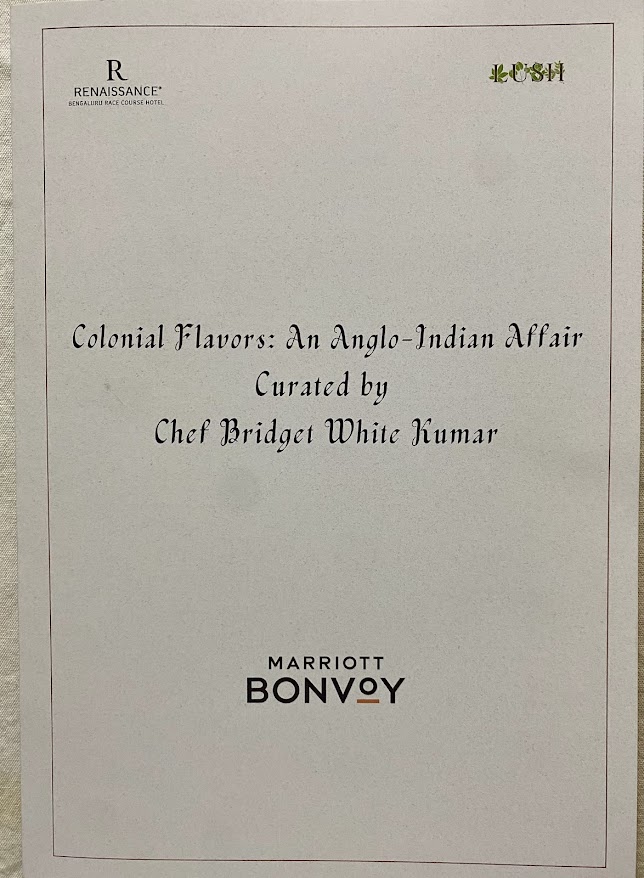



The Anglo-Indian Heritage Table, organized and conceived by Conversations on Food, a platform dedicated to showcasing diverse cuisines and cultures, was a remarkable event hosted by Salt and Pepper Kitchen. This unique gathering celebrated the rich story of Anglo-Indians through a delightful lunch experience.
Date: Saturday, 30th November 2024
Time: 12:00 PM to 2:00 PM
Location: The Salt and Pepper Kitchen, Primrose Road, Bangalore 560025
About the Event
The Anglo-Indian Heritage Table offered an eclectic multi-course Anglo-Indian lunch spread, showcasing the rich hybrid legacy of Anglo-Indian cuisine through the ages. Guests enjoyed an afternoon filled with nostalgia, as food was interwoven with tales, anecdotes, and cherished memories. The dishes paid tribute to this vibrant heritage, offering a taste of nostalgia for those familiar with the flavors and a delightful discovery for newcomers.
This was more than just a meal—it was a cultural and culinary experience filled with storytelling, combining history, nomenclature, and tales from Anglo-Indian home kitchens. The event was led by Bridget White-Kumar, a renowned culinary expert and advocate for preserving Anglo-Indian cuisine.
The Menu
Giveaway: Brinjal Pickle + Postcard with Recipe
Don’t miss this opportunity to explore the flavors and stories of Anglo-Indian cuisine with Bridget White-Kumar. The Anglo-Indian Heritage Table was a memorable journey into a unique culinary legacy, bringing together food, history, and community.



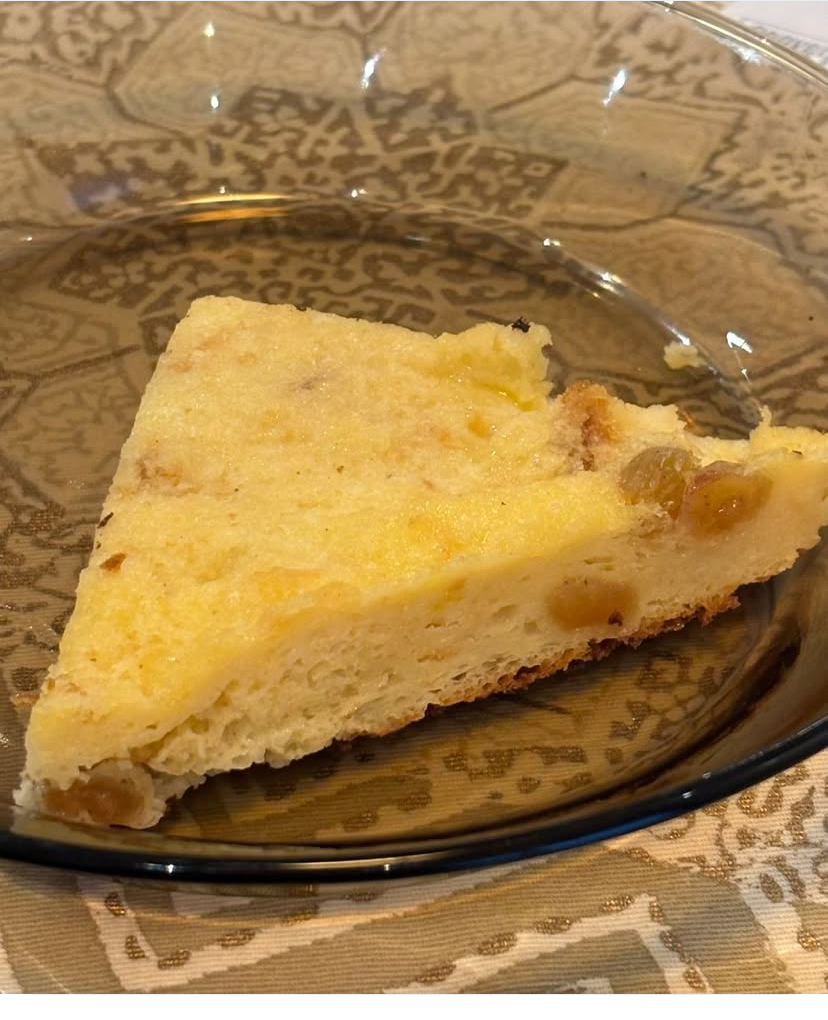



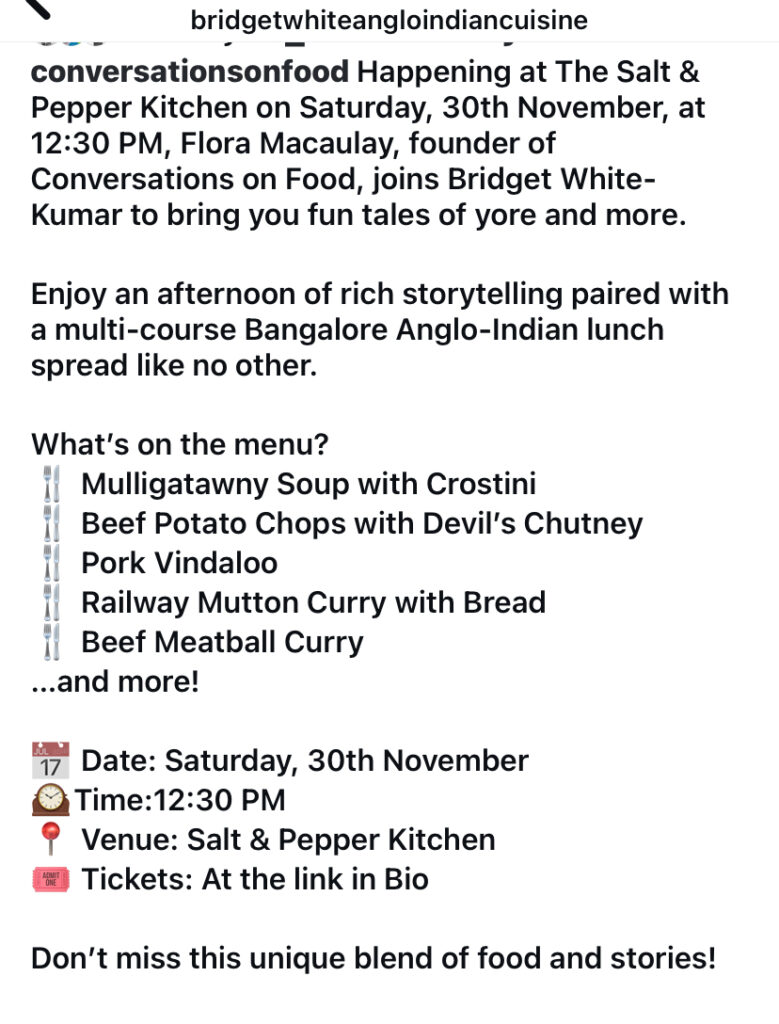

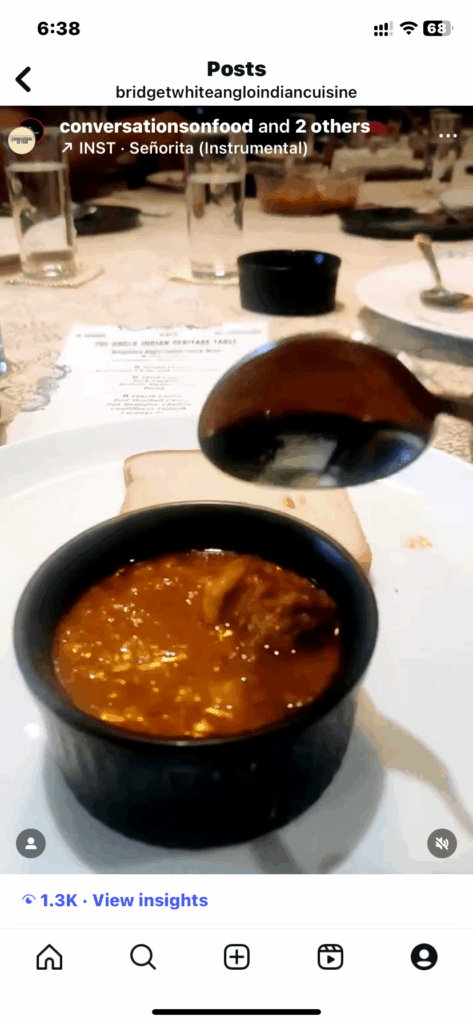
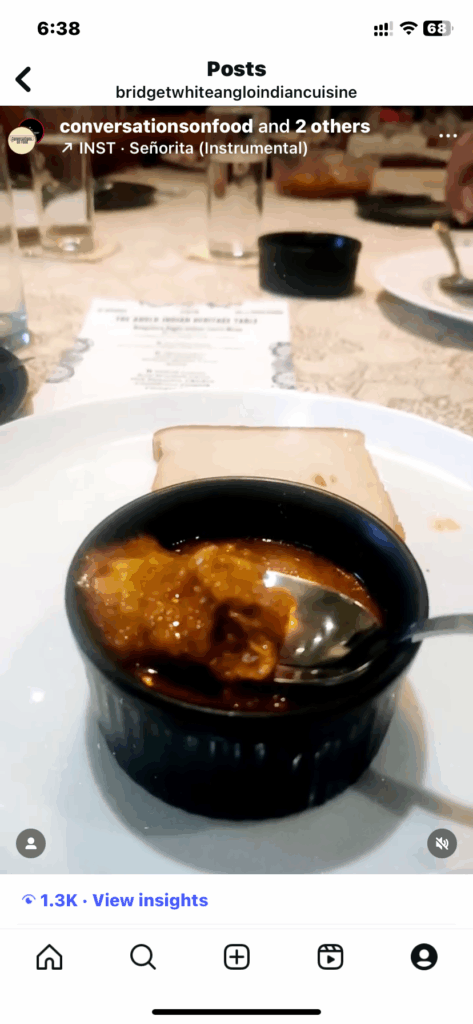





A cooking class in simple Vegetarian Dishes with Lisa, Paul and Sara from Tasmania, Australia on 29th December 2024. It was their first visit to Bangalore India and they were keen to learn a few Vegetarian Indian Dishes. They contacted me through Travelling Spoon and I was happy to oblige them.
They learnt how to cook the below mentioned simple Vegetarian Dishes
1. Yellow Lentils / Moong Dal Curry
2. A simple Tomato Pilaf
3. Mixed Vegetable Curry in a coconut milk base
4. Semolina and Banana Pudding
All three of them took active part in learning to cook these dishes. It was an interactive class which they enjoyed. It took just a little over an hour to cook the four dishes and enjoyed it for their lunch.
They are taking back happy memories with them
Dine At My Table or Dining with Bridget is a specially curated luncheon dining experience conducted by me at my home. Guests get to experience and relish our unique Anglo-Indian cuisine in a cosy, homely environment. It's more than just a home-cooked meal; it's a cultural and culinary journey filled with storytelling, anecdotes, nostalgia, and memory-making.
I curate menus for each experience to suit the preferences of the guests, offering both vegetarian and non-vegetarian options. My experiences are primarily targeted towards guests who are not Anglo-Indians themselves but are interested in learning more about our cuisine. They will have the opportunity to taste our unique dishes, characterized by the distinctive flavors created through the judicious use of spices and ingredients.
This is my personal way of creating awareness and sharing our Colonial Anglo-Indian Cuisine, keeping our rich culinary culture alive. Colonial Anglo-Indian Cuisine is a significant part of India's culinary history and landscape, and I'm dedicated to its preservation.
In the recent past, I've been hosting guests who have booked the experience through IamAlive App, an event company offering premium experiences. All bookings can be routed through them:
Alive: letstalk@iamalive.app
Aspirational Delights
Digital Pvt Ltd, Bangalore
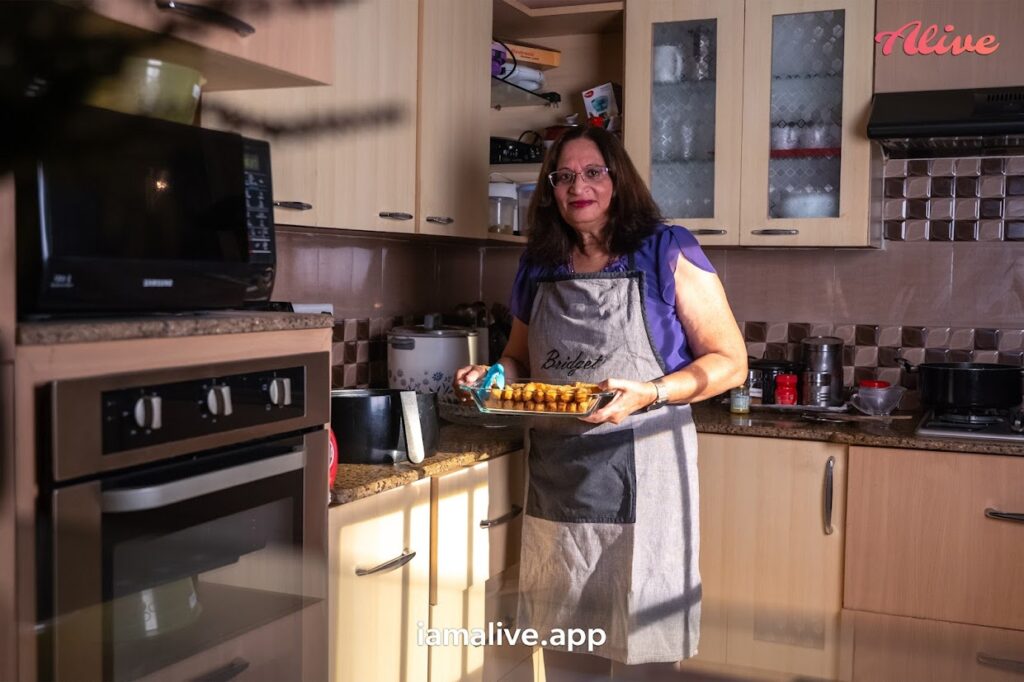

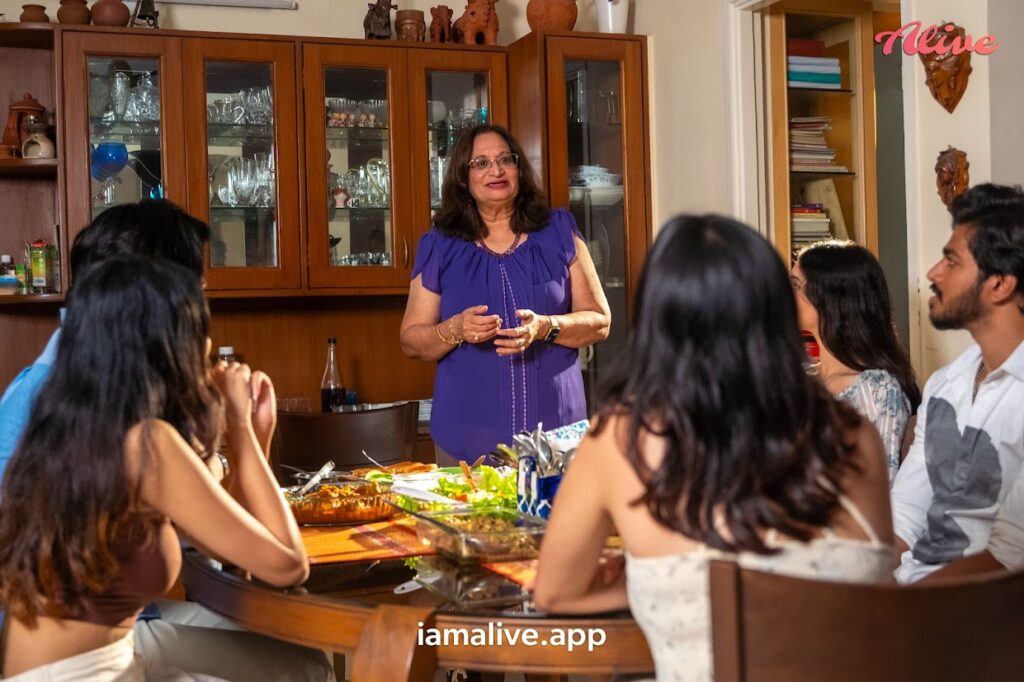







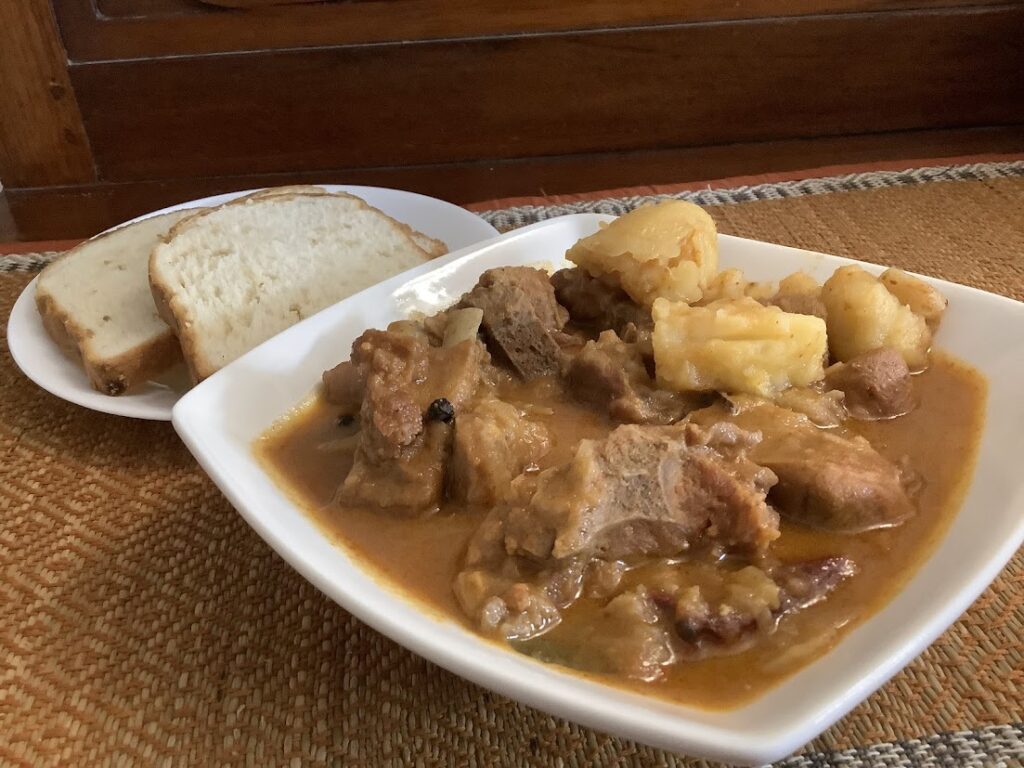
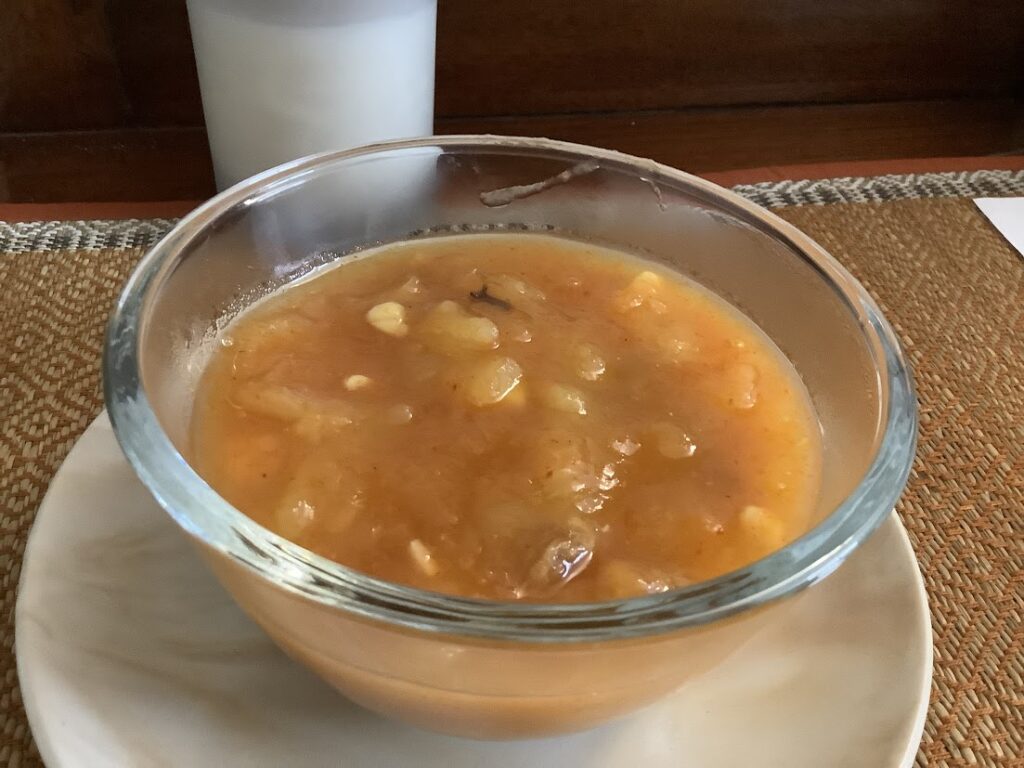
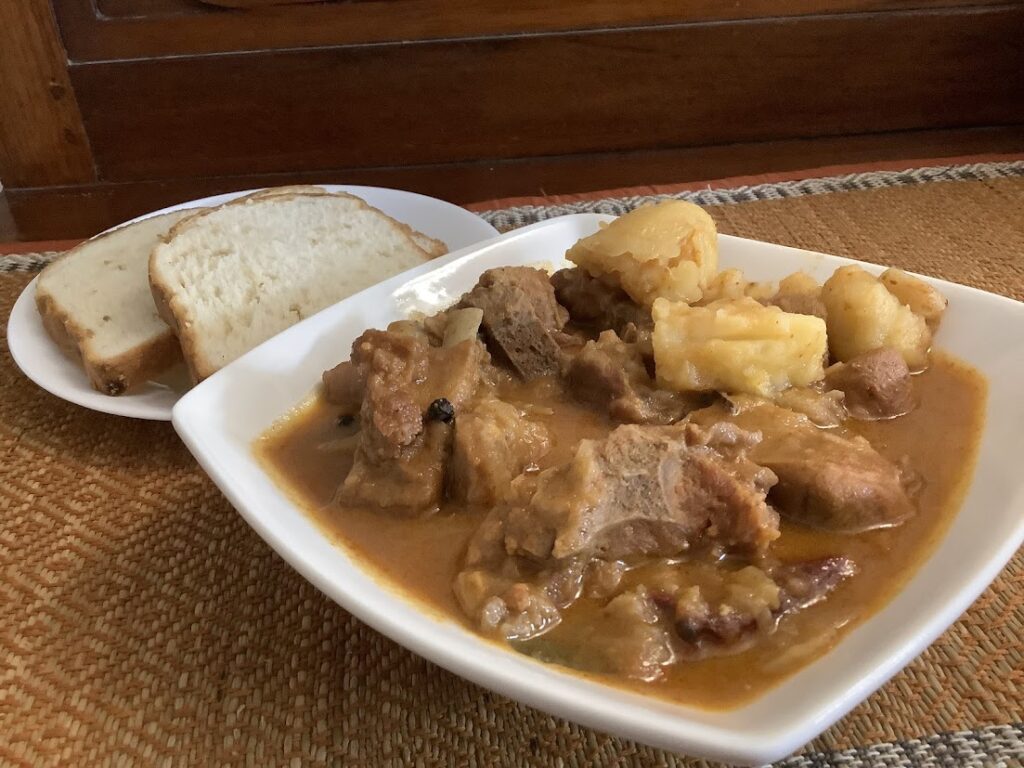






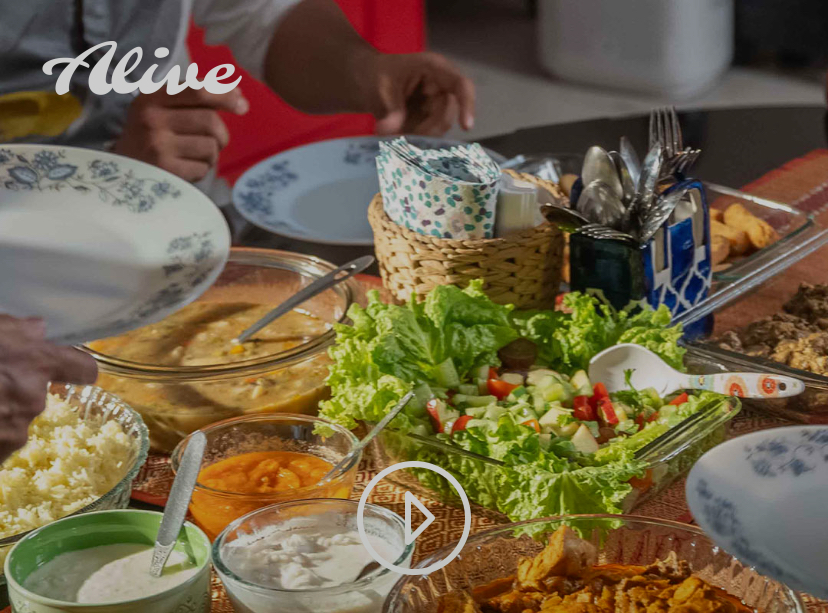












“Dine At My Table" is a specially curated Luncheon dining experience that invites you to relish the unique Anglo-Indian cuisine, in a cosy, homely environment. It is brought to you by Bridget White-Kumar, a renowned culinary expert and advocate for preserving Anglo-Indian cuisine.
The Anglo-Indian community is known for its unique blend of cultures, and this is reflected in their cuisine. The dishes pay tribute to this rich heritage. It's a taste of nostalgia for those who grew up with these flavours and a delightful discovery for those new to the cuisine.
This is more than just a home cooked meal. It would be a cultural and culinary experience you won't want to miss, besides a fun experience with a lot of storytelling combining history, nomenclature and tales from the Kitchens of old Anglo-Indian homes.
Each Menu is specially curated to suit the preference of guests both Vegetarian and Non-Vegetarian and features old time favourites from the Colonial British Raj such as - Colonial Pepper Chicken, Railway Chicken Cutlets, Railway Mutton Curry, Chicken Vindaloo, Anglo-Indian Pork Vindaloo, Mutton Pepper Fry, Cauliflower Foogath, Saffron Coconut rice, Bread and Milk Pudding, etc.
On the set menu: A full course meal cooked by Bridget White-Kumar featuring:
2 Appetizers
2 Mains
1 Rice item
1 Dessert
Besides Bread, Butter, Soft Drinks, Papads, Pickles etc.
Cost per person: Rs 1500/-
Location: Koramangala 3rd Block, Bangalore, India at Bridget’s residence
To make a Booking Contact: (Minimum of 2 persons per Booking. No single Booking permitted)
Email: bidkumar@gmail.com
Mobile : +919845571254
TIPSY PUDDING OR TIPSY TRIFLE – THE ALCOHOLIC VERSION OF THE ENGLISH TRIFLE PUDDING
A Trifle is a Dessert dish made from thick (or often solidified) custard, fruit, sponge cake, fruit juice and whipped cream. These ingredients are usually arranged in layers in a pretty glass bowl or dish with the sponge cake forming the bottom layer. The earliest known recipe for “Trifle” was published in a book called "The good housewife's Jewell" by Thomas Dawson. in 1596 in England. The ingredients for this first Trifle Recipe was thick cream flavoured with sugar, ginger and rosewater pored over slices of Sponge Cake. Sixty years later, milk custard was added to the list of ingredients and the custard was poured over alcohol soaked bread.
A Trifle Pudding is often used for decoration as well as taste, incorporating the bright, layered colours of the fruit, jelly, egg custard, and the contrast of the cream. Some trifles contain a small amount of alcohol such as port, or, most commonly, sweet sherry or Madeira wine. The Original Tipsy Pudding or Tipsy Trifle was a cake well soaked with sherry or wine and served with a boiled custard poured over it. This Alcoholic Version of the Trifle Pudding came to known as ‘Tipsy Pudding or Tipsy Trifle’ as it made one slightly tipsy and jolly from the wine or sherry in it. The Non-alcoholic versions use fruit juices or soft drinks such as ginger ale, lemonade etc instead of the sherry or wine as some liquid is necessary to moisten the cake layers.
The Tipsy Trifle Pudding is often served in Anglo-Indian Homes at Christmas time, sometimes as a lighter alternative to the much denser Christmas pudding and at Parties and High teas.
No specific recipe need be followed for preparing a Trifle. It all depends on the availability of the ingredients. One can mix and match and make a trifle using ingredients that are readily available at home. If you don't have a true trifle bowl, use any straight-sided round glass bowl as the layers look beautiful from the sides of a glass bowl or make individual trifles in small round tumblers.
Below is a recipe for a simple Tipsy Trifle Pudding. You can buy the sponge cake from any local bakery. Make the custard using the ready to use custard mixes available in supermarkets. Use any Alcohol of your choice and use your own favourite jelly flavours and Jam . Omit the Alcohol if you desire. In this recipe I’ve omitted the custard and used layers of fresh cream instead. In one of the puddings, I used sliced bananas and chunks of fresh mangoes to garnish instead of cherries and walnuts.
RECIPE FOR TIPSY TRIFLE PUDDING
Ingredients
300 grams sponge cake
4 tablespoons mixed fruit jam
1 cup whiskey or wine or sherry
1 large tin of canned mixed fruit divide into 3 portions
1 cup prepared jelly
100 grams candied cherries and walnuts (for decoration)
½ litre fresh cream
Method
1. Whip the fresh cream to soft peaks consistency and divide into 3 parts.
2. Drain the excess syrup from the canned fruits. Mix 2 tablespoons of jam to this fruit syrup and mix well. Add the whiskey or sherry or wine to this syrup and divide into 3 portions.
3. Divide the canned fruit into 3 parts
4. Using a sharp knife, slice the cake horizontally into 3 layers. So that they can fit the bottom of the bowl in which the pudding is to be set. (The layers may break but don’t worry)
5. Spread the 3 layers of cake liberally with jam.
6. Place one of the cake layers in the glass bowl and soak with one portion of the whiskey and fruit syrup Press down firmly down.
7. Now spread a layer of the tinned fruit over the soaked sponge cake layer. Top this layer with one portion of the fresh Cream .
8. Repeat the layers twice more as before with the remaining sponge cake, fruit and cream.
9. Smoothen out the top layer of cream using a spatula.
10. Garnish with cherries, walnuts (and fresh fruit) . Chill and serve when required.
I conducted a 3-day Culinary Workshop in Anglo-Indian Cuisine at the Double Tree by Hilton Whitefield Bangalore, from 15th to 17th July 2024 as a precursor to their Anglo-Indian Food festival being held between 2nd to 11th August 2024.
The workshop was very Interactive and Hands on, where the participants learned the fine art of preparing delicious Colonial Anglo-Indian Dishes and every day Anglo-Indian food.
With my knowledge of Colonial Cuisine, we recreated and brought to life forgotten foods and simple dishes of yore that were innovated and invented by the khansamas and cooks in those early days of the colonial period. The rustic and robust flavors of dishes that were served by the cooks at the Dak Bungalows and Inspection Bungalows to the British Officers while on their
official tours across the country such as the Dak Bungalow Chicken Curry and fry, the Dak Bungalow Chicken Stew, Junglee Pilaf, Etc.
The hearty Army Camp Soups and Curries that came out of the innovation and efforts of The Bengal Lancers Unit, made famous by Col Skinner and Maj. Grey.
The delicious Railway Lamb and Chicken Curries and the Cutlets that were first served on the Great Indian Peninsular Railway also known as The Blue
Train that began its three-day journey from Bombay’s Victoria Rail Terminus to Calcutta via Allahabad for the first time on 7th March 1870 covering a total distance of almost 4000 miles.
Then the East India Company legacies of mulligatawny soup, lamb chops, roasts and bakes, Bread and Butter pudding, Roly Poly Pudding, Apple Crumble and Steamed Ginger Pudding, besides other dishes associated with
British colonial cooking Rissoles, Cutlets and Croquettes, etc. The Portuguese legacies of Vindaloo and Tangy Curries and Sweets and many, many more old and forgotten ‘Dishes with History’ which evoked nostalgia and
a longing for the old Colonial way of life, besides present day Anglo-Indian Dishes that have come down through the ages such as Country Captain
Chicken, Anglo-Indian Meatball Curry or Bad Word Curry, Devil Chutney, Saffron Coconut Rice, Mutton and Chicken Pepper Fry, etc.
I am an ardent advocate for preserving Anglo-Indian cuisine, and it is my endeavor to ensure that this cuisine endures forever. This is my small way of preserving the culture of the Anglo-Indian Community through its
culinary delights, thereby preserving its culinary heritage.
http://bridget-white.com
https://www.youtube.com/channel/UCzW0aCSMHlFmYd-dwQm4










I am an Independent Freelance Consultant on Colonial Anglo-Indian Food related matters. My area of expertise is Colonial Anglo-Indian Food, and I’ve gone through a lot of effort in reviving the old forgotten dishes of the Colonial British Raj Era.
I take up professional assignments on training people to cook Colonial Anglo-Indian Cuisine such as the staff and Chefs of Big Hospitality Houses and Star Hotels in India and abroad showcasing the culinary legacy of the Colonial Past. I have assisted many Restaurants, Hotels and Clubs in Bangalore and elsewhere by helping them to revamp and reinvent their Menus by introducing new dishes which are a combination of both Continental and Anglo-Indian. Many of them are now following the Recipes and guidance given by me and the dishes are enjoyed by both Indian and Foreign Guests. I also conduct and assist at Cooking Demos and Anglo-Indian Food festivals at various places.
My workshops are Interactive and Hands on where the participants learn the fine art of preparing delicious Colonial Anglo-Indian Dishes and every day Anglo-Indian food.
With my knowledge of Colonial Cuisine, I recreate and bring to life forgotten foods and simple dishes of yore that were innovated and invented by the khansamas and cooks in those early days of the Colonial period.
The rustic and robust flavours of dishes that were served by the cooks at the Dak Bungalows and Inspection Bungalows to the British Officers while on their official tours across the country such as the Dak Bungalow Chicken Curry and fry, the Dak Bungalow Chicken Stew, Junglee Pilaf, Etc.
The hearty Army Camp Soups and Curries that came out of the innovation and efforts of The Bengal Lancers Unit made famous by Col Skinner and Maj. Grey.
The delicious Railway Lamb and Chicken Curries and the Cutlets that were first served on the Great Indian Peninsular Railway also known as The Blue Train that began its three-day journey from Bombay’s Victoria Rail Terminus to Calcutta via Allahabad for the first time on 7th March 1870 covering a total distance of almost 4000 miles.
Then the East India Company legacies of mulligatawny soup, lamb chops, roasts and bakes, Bread and Butter pudding and steamed ginger pudding, besides other dishes associated with British colonial cooking such as Kedegeree (the anglicised version of kichidi, a rice dish cooked with pulses then mixed with smoked or fried haddock and quartered hard boiled eggs), Fish Cakes and Rissoles, Potato Chops and Panteras, Cutlets and Croquettes, etc
The Portuguese legacies of Vindaloo and Tangy Curries and Sweets, the Dutch Fish and lamb Mince Fricadels and not forgetting the French connection of Chicken in Red Wine, crumbed fried stuffed crepes and many, many more old and forgotten ‘Dishes with History’ which would evoke nostalgia and a longing for the old Colonial way of life.
Present day Anglo-Indian Dishes that have come down through the ages such as Grandma’s Country Captain Chicken, Hussainy Curries, Lamb and Chicken Glassey, Anglo-Indian Meatball Curry or Bad Word Curry, Devil Chutney, Saffron Coconut Rice, Devil Chops, Anglo-Indian Beef Tenderloin Pepper Fry, etc.
I am an ardent advocate for preserving Anglo-Indian cuisine, and it is my endeavour to ensure that that this cuisine endures forever. This is my small way of preserving the culture of the Anglo-Indian Community through its culinary delights, thereby preserving its culinary heritage.

A Culinary Journey: Reliving The Anglo-Indian Delights At Radisson Blu GRT, Chennai 19th Jan 2024
MENU FOR THE MASTER CLASS
Mashed fresh vegetables flavoured lightly, formed into small cigar shaped rolls and crumb fried to a
golden brown.












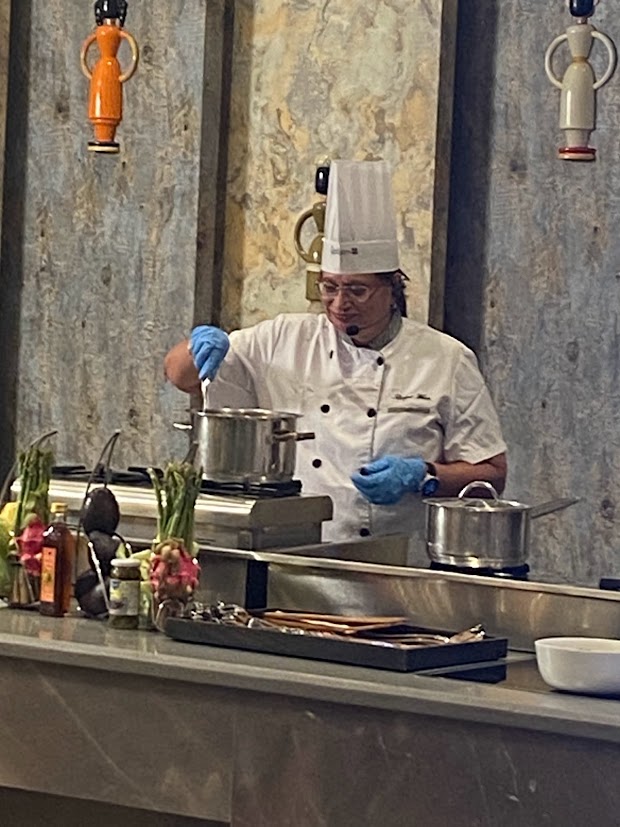


CHRISTMAS PUDDING ON STIR UP SUNDAY
Christmas Puddings were traditionally always made on Stir-up Sunday which is the last Sunday before Advent begins. In the olden days it was the day when traditionally families gather together to prepare the Christmas pudding or mix the fruit for the Christmas Cakes.
The day does not actually get its name from ‘stirring the pudding’: It gets its name from the Book of Common Prayer. The Collect of the Day for the last Sunday before Advent starts, “Stir up, we beseech thee, O Lord, the wills of thy faithful people”. However since Victorian times it has become associated with the rather lovely family custom of preparing for Christmas together by making the Christmas pudding, an essential part of most Christmas dinners.
The Christmas Pudding is traditionally made with 13 ingredients representing Jesus Christ and his 12 Disciples. The Christmas pudding is stirred from East to West in honor of the 3 wise men who came from the east to visit the Savior child
Every member of the family gives the pudding a stir and makes a wish. A coin, a ring or a thimble are sometime added to the pudding mixture. The coin and thimble supposedly brings luck and wealth to the person who gets it in his / her piece of the pudding on Christmas day, and the finger ring would foretell a wedding to the person who gets it.
Likewise, there is a Cake mixing or stirring Day as well. It is nothing but the day on which families gather together around the dining table, to chop and mix the fruit and nuts with lots of wine and liquor for the traditional Christmas cake. This practice actually started in the 17th Century in Europe, marking the arrival of the harvest season, during which lots of fresh fruits and nuts were harvested and used in the making of traditional Christmas cake.
However, the age-old tradition of using fresh fruits has now been replaced with lots of dry fruits, such as raisins, black currants, etc., nuts, and spices are combined together to form a mixture, which is then soaked in alcoholic blends for a few weeks. This is to let the mixture soak in all the alcohol and liquor. The soaked fruit is then added to the cake batter and baked into delicious Cakes.
This tradition of Fruit Mixing or Stirring, used to be an intimate family affair in the olden days. Now a days, Cake Mixing or Mixing of the Fruit has become a gala social event with the who’s who being invited to Big Hotels to take part in the ceremony as a happy get together to welcome the festive season and bring in the festive spirit that is so synonymous with Christmas.
So get your ingredients ready and everyone join in to stir up the Christmas Pudding .
CHRISTMAS PUDDING
Ingredients
200 grams fresh breadcrumbs
200 grams butter
2 teaspoons instant coffee (Nescafe or Bru)
2 teaspoons golden or date syrup
½ teaspoon baking powder
2 eggs beaten well
¼ cup rum
1 teaspoon ground cinnamon, cloves and nutmeg
100 grams raisins
100 grams chopped sultanas.
100 grams mixed peel
½ teaspoon salt
100 grams sugar
Method
Cream the butter and sugar together then add the eggs and mix well.
Gradually add all the other ingredients and mix well.
Grease a Pudding Mould or any suitable bowl with butter and pour the pudding mixture into it.
Steam the pudding for about 1 hour on low heat till it is firm to touch
Note: This pudding can be made in advance and refrigerated till required. Steam for 10 minute or microwave for 3 minutes before serving.
For a more exotic taste, when still warm make a few small holes all over the pudding and pour about 6 tablespoons of rum over it.